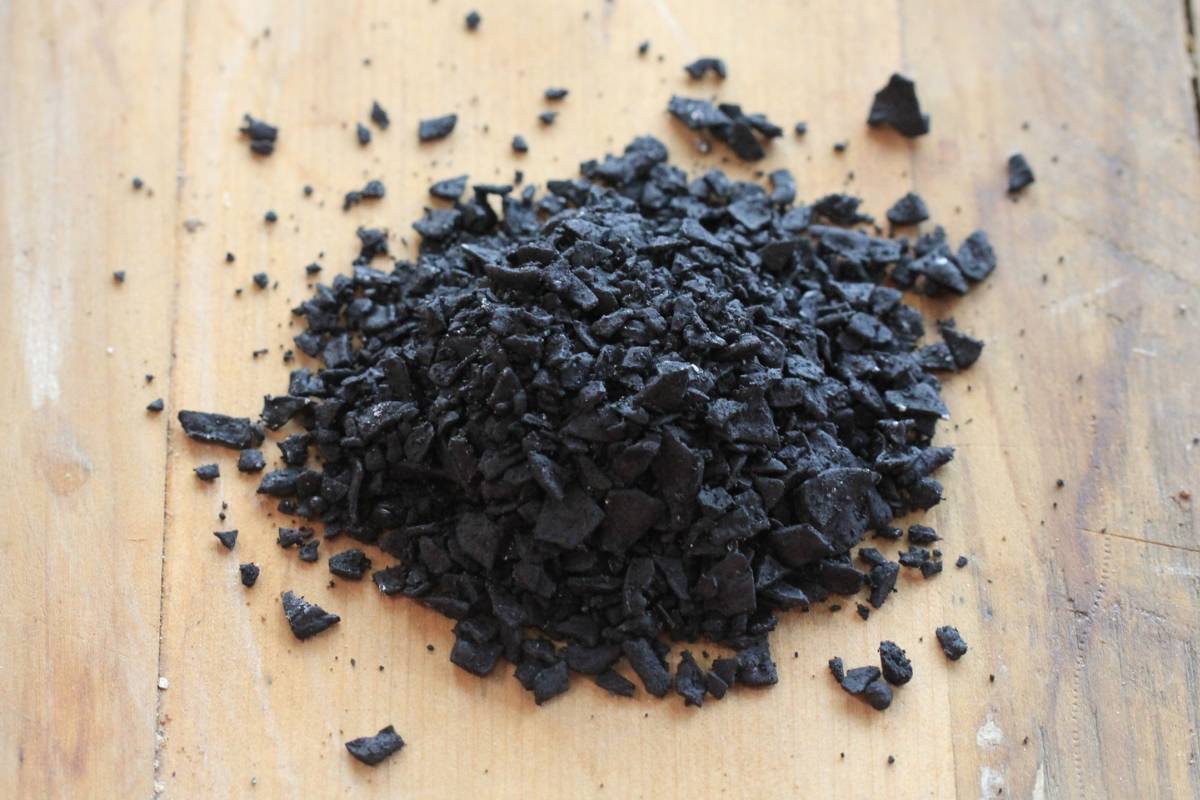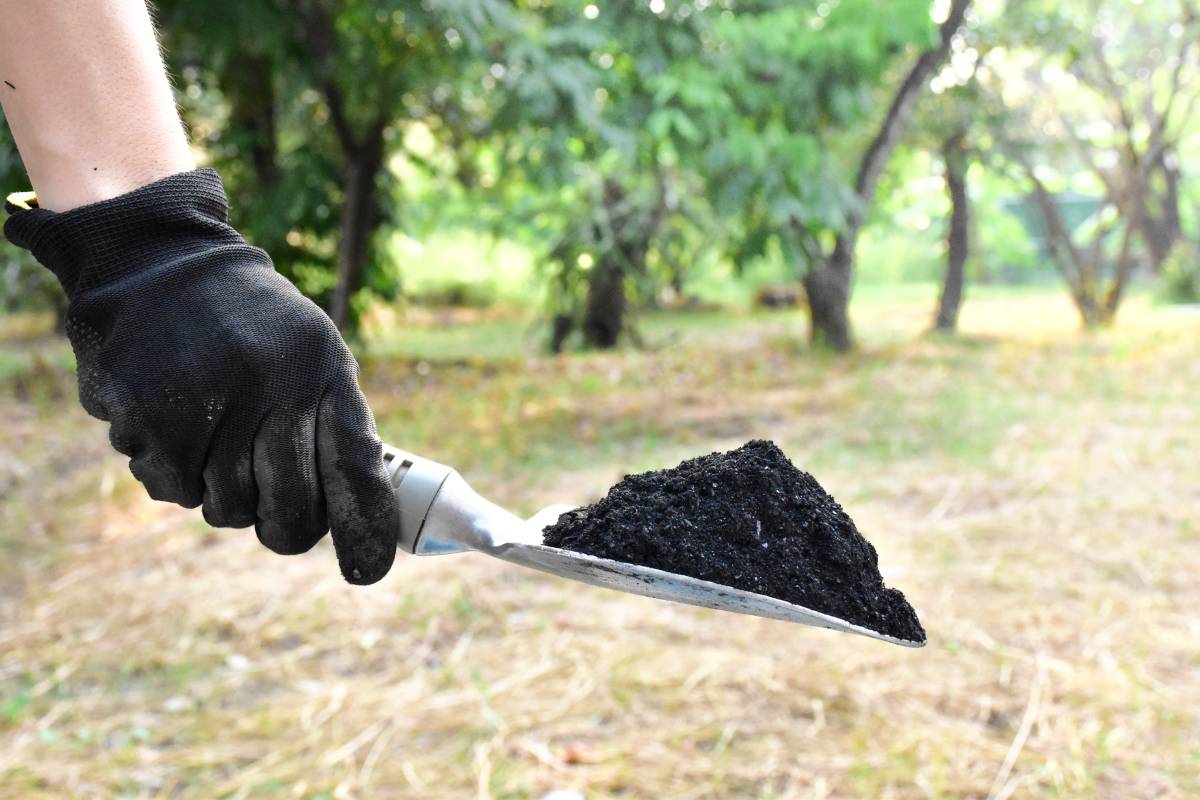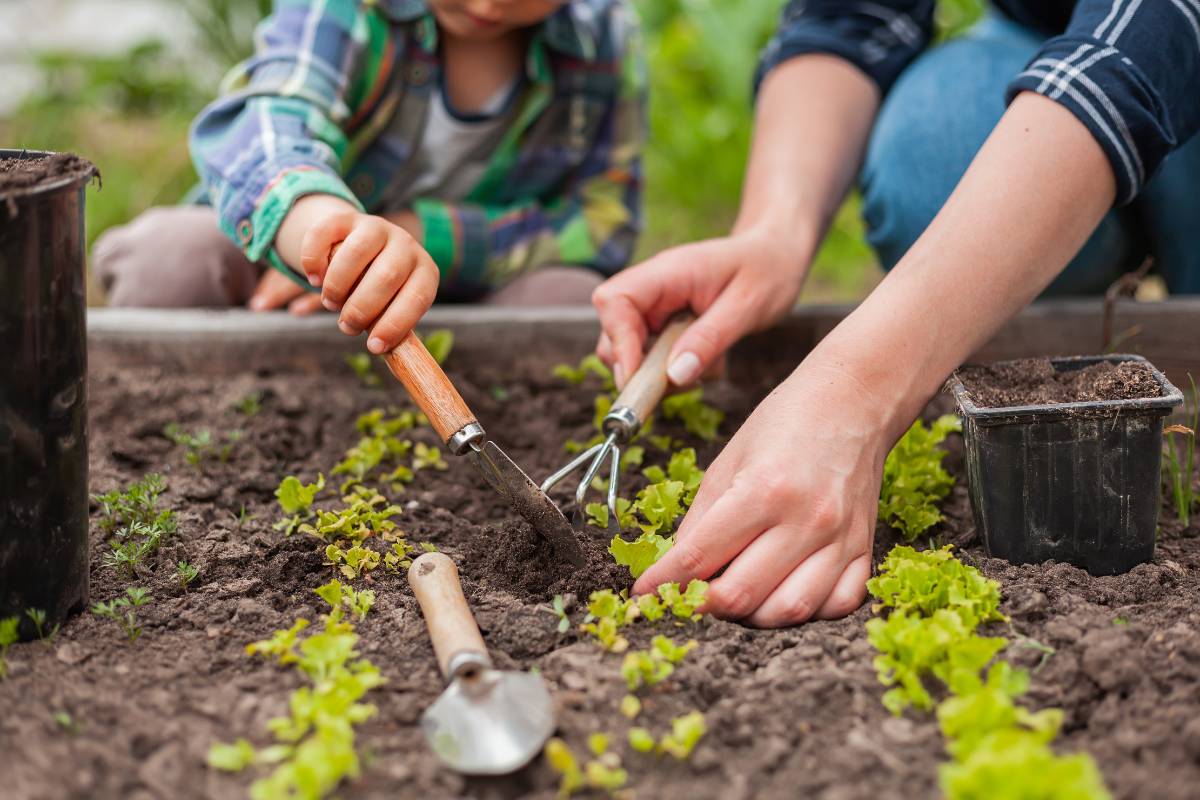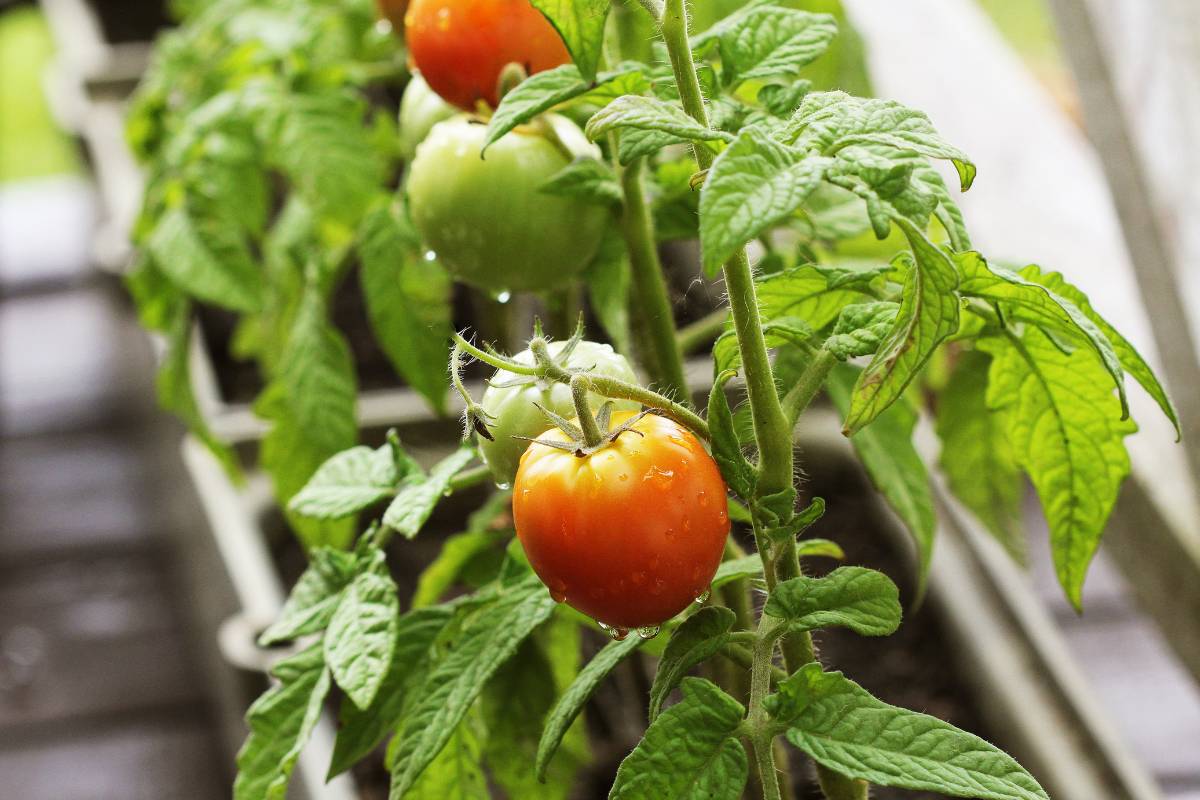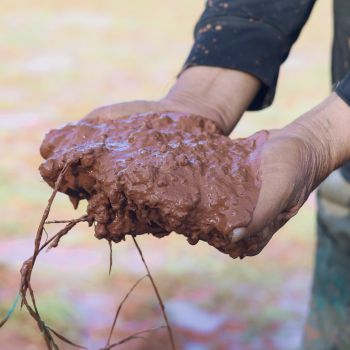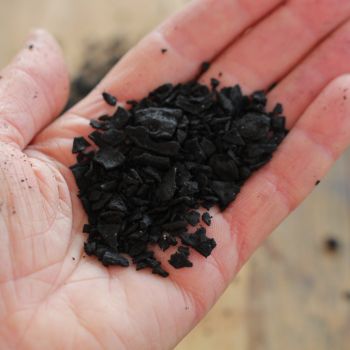Once thought of as an innovative but yet-to-be-proven product, biochar is coming into the mainstream, becoming increasingly popular with home gardeners. Studies point to increased yields following its use, particularly in tropical soils.
Read on to learn what biochar is and to discover three ways to use it in your garden.
What is Biochar?
Biochar is a form of charcoal made by heating organic materials in a process known as pyrolysis. It is often produced using wood from a sustainable (eg Forest Stewardship Council, or FSC) resource, or from agricultural waste such as walnut shells. The biomass is heated at high temperatures in an environment with limited oxygen supply to produce a lightweight black charcoal with a structure that includes many fine capillaries or air pockets.
In soil, biochar acts like a sponge, holding onto water and nutrients. Its tiny air pockets also provide habitat for microorganisms and tiny strands of fungi, called fungal hyphae, which are beneficial to soil health. Unlike most organic materials, biochar is very slow to decompose; this quality means that the carbon it contains is locked in the soil, and that once desired ratios of biochar to soil are reached, repeat applications usually aren’t needed.
Types of Biochar
There are two main types of biochar: straight and enriched. The latter is also known as activated, charged or inoculated, while the former is sometimes called ‘naked’ biochar.
Naked biochar is used as a soil conditioner rather than as a substitute for fertiliser, while enriched biochar has nutrients or beneficial microbes added. These help to prevent the nitrogen drawdown that can occur when straight biochar is added to soil. To overcome this issue, when using naked biochar, mix it with compost or aged manure before applying it.
Pros and Cons
Like any soil amendment, biochar comes with both advantages and disadvantages that should be weighed up to decide if it's a good option for your soil and garden situation.
Benefits of Biochar:
- Improves water and nutrient retention.
- Provides a home for beneficial soil microbes and mycorrhizal fungi.
- Improves the structure of heavy soils by increasing aeration.
- Some biochar is slightly alkaline; if so, it can increase the pH of acidic soils.
- Locks carbon in the soil that would otherwise be released into the atmosphere as carbon dioxide, and possibly methane and nitrous oxide.
- Lasts a long time in the soil so annual applications are not required.
Drawbacks of Biochar:
- Some biochar is slightly alkaline; this can be a benefit for acidic soils, but is a drawback for soils that are neutral or alkaline. It’s best not to use biochar where acid-loving plants such as blueberries and rhododendrons are grown.
- On a home garden scale, the quantity of carbon sequestered is small.
- Research is still being done to determine the best biochar inputs and particle size for garden use, and standards for sustainability are still being formulated.
3 Ways to Use Biochar in Your Garden
Applying biochar is as easy as sprinkling it over the surface of the soil and then either lightly digging over the area or watering it in. It can be added to soil or potting mix for seed sowing and raising annual vegetables and flowers, or incorporated into garden beds around existing trees and shrubs.
Cautions:
- Biochar contains fine particles. Wear protective equipment and avoid inhaling dust. Don’t apply biochar on windy days.
- Charcoal and wood ash from BBQs or wood heaters is not the same as commercially produced biochar. It may contain chemicals or microplastics, especially if fire starters have been used, so is best avoided when growing edible crops.
- To avoid leaching nutrients, don’t apply activated or nutrient-enriched biochars if your soil is waterlogged or a lot of rain is expected.
1. For Seed-Sowing
Biochar can be added to seed-raising mix prior to sowing at a ratio of about 1 litre to 5-10 litres of compost. If you make your own seed-raising mix, the biochar can replace perlite, vermiculite or coir in the mix.
2. In potting mix
Add biochar to multi-purpose or container potting mix in a 1:10 ratio.
3. In garden beds
Biochar is particularly beneficial in areas where you plan to grow a lot of hungry annual flowers and vegetables. A litre of biochar should be enough for about a square metre of garden bed. Spread it over the surface of the soil and dig or water it into the root zone (the top 15 to 30cm of soil). Biochar can be applied every 6-12 weeks during the growing season until the top 15 to 30cm of soil contains 5-10% by volume. If you have a limited amount of biochar or really want to target it at the roots where it is most beneficial, sprinkle it in the bottom of rows or mix it with the soil in planting holes when sowing or planting.
Biochar is something that gardeners, and the wider public, will be hearing a lot more about in the coming years. If you want to make a long-lasting, environmentally friendly improvement to your soil’s structure and nutrient and water-retaining capacity, biochar may be part of the answer.
